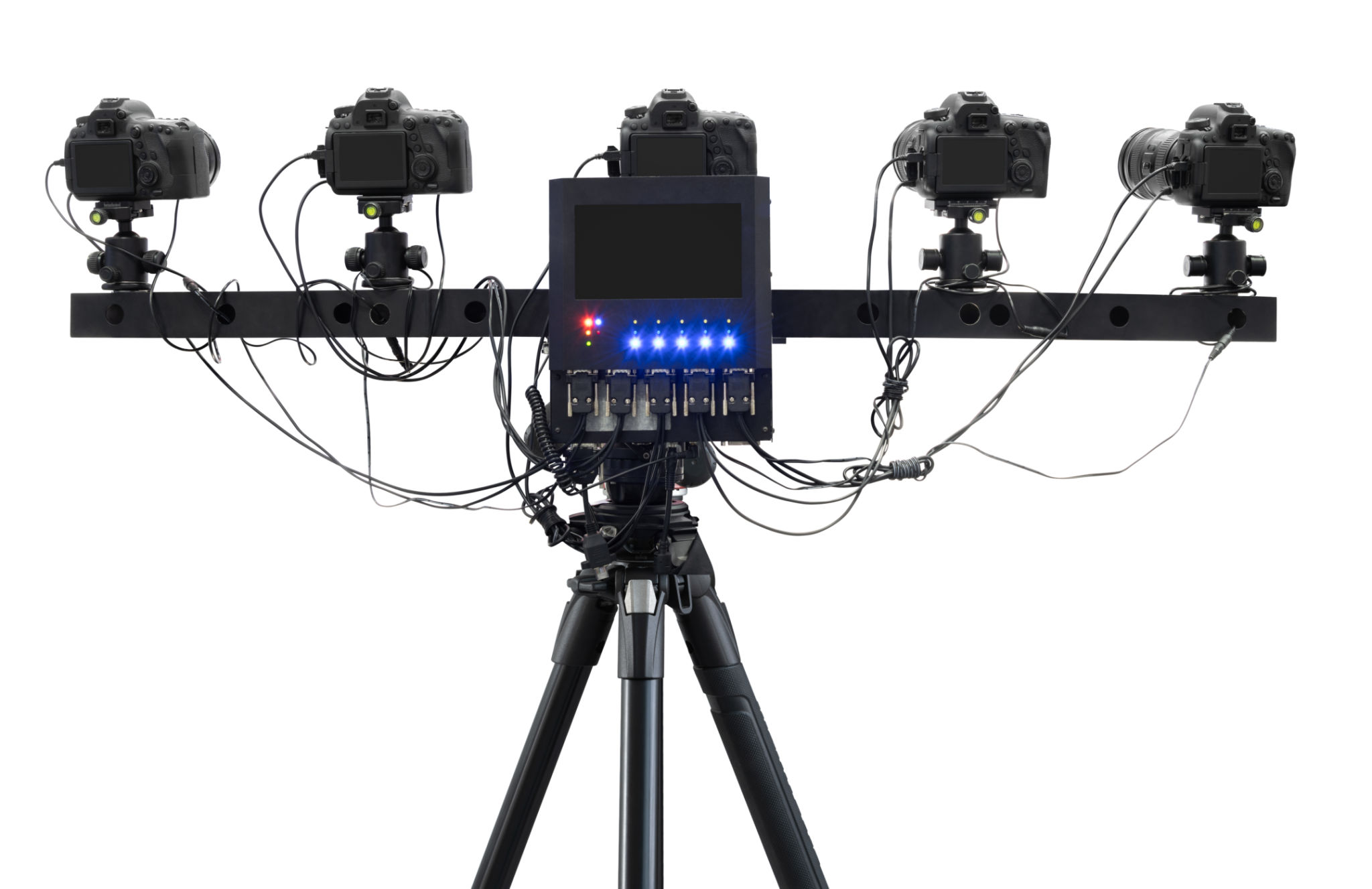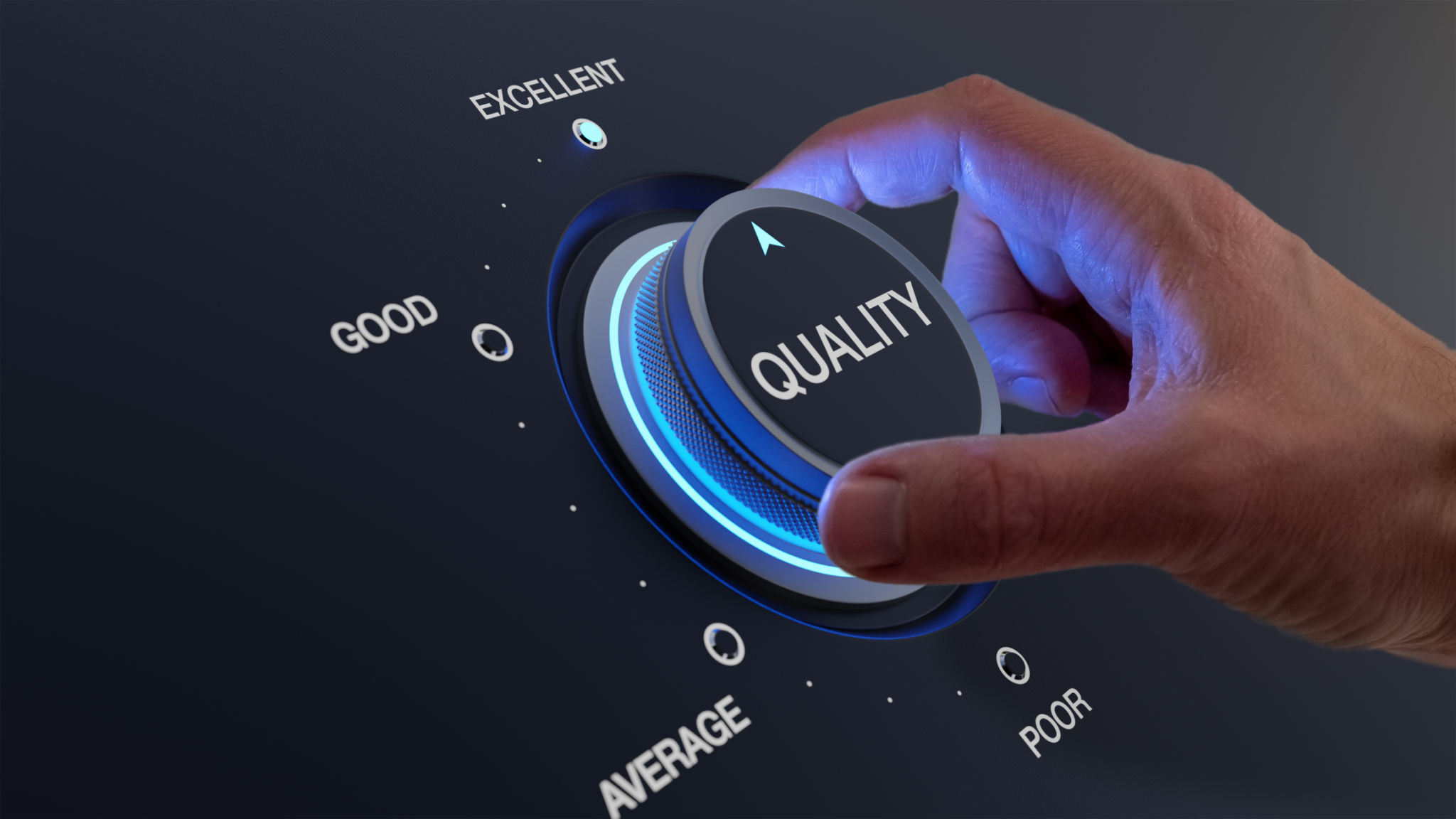Comprehensive Guide to Live Streaming Multi-Camera Events
Understanding the Essentials of Live Streaming Multi-Camera Events
In today's digital age, live streaming has become an integral part of how audiences consume content. Multi-camera live streaming, in particular, offers a dynamic and engaging way to present events. By providing multiple perspectives, it enhances viewer experience and brings a professional touch to your broadcasts.

Benefits of Multi-Camera Streaming
Using multiple cameras during a live stream can significantly enhance the production quality. It allows for capturing different angles, ensuring no moment is missed. This approach not only keeps the audience engaged but also offers flexibility in storytelling. Additionally, it enables seamless transitions between speakers or scenes, which is particularly beneficial for events like conferences or concerts.
Setting Up Your Multi-Camera System
The first step in setting up a multi-camera live stream is selecting the right equipment. Depending on your budget and needs, you can choose from a range of cameras, from professional-grade equipment to high-quality smartphones. It’s crucial to ensure that all cameras are compatible with your streaming platform and broadcasting software.

Choosing the Right Software
Live streaming software is essential for managing multiple camera inputs. Popular choices include OBS Studio, Wirecast, and vMix. These platforms allow you to switch between camera feeds smoothly and add graphics or overlays for a professional look. When selecting software, consider ease of use, features offered, and compatibility with your chosen hardware.
Ensuring Quality Audio and Video
While cameras capture the visuals, audio quality is equally important. Invest in good microphones and audio equipment to ensure clear sound. Consider using a separate audio mixer for better control over audio levels. High-quality audio can dramatically improve the overall viewer experience and keep your audience engaged.

Network Considerations for Streaming
An often overlooked aspect of live streaming is the internet connection. A stable and fast internet connection is crucial for uninterrupted streaming. Ensure that your network can handle the bandwidth required for multiple video streams. It might be beneficial to have a dedicated line to avoid any potential disruptions.
Engaging Your Audience
Live streaming isn't just about broadcasting; it's about engaging with your audience in real time. Use social media platforms to promote your event beforehand and interact with viewers during the stream using live chat features or Q&A sessions. This interaction can make your audience feel more connected and invested in the event.

Troubleshooting Common Issues
Even with the best preparation, technical issues can arise during live streams. Common problems include audio-video sync issues, buffering, or equipment failures. Have a troubleshooting plan in place and a technical team ready to address any issues promptly. Testing everything before going live can help mitigate many of these risks.
Post-Event Considerations
After the event concludes, consider making a recorded version available for those who missed it live. Analyzing viewer data and feedback can provide insights into what worked well and what could be improved for future streams. This analysis helps refine your approach and enhance future live streaming events.
By following these comprehensive guidelines, you can successfully execute a multi-camera live streaming event that captivates and engages your audience while maintaining high production standards.
